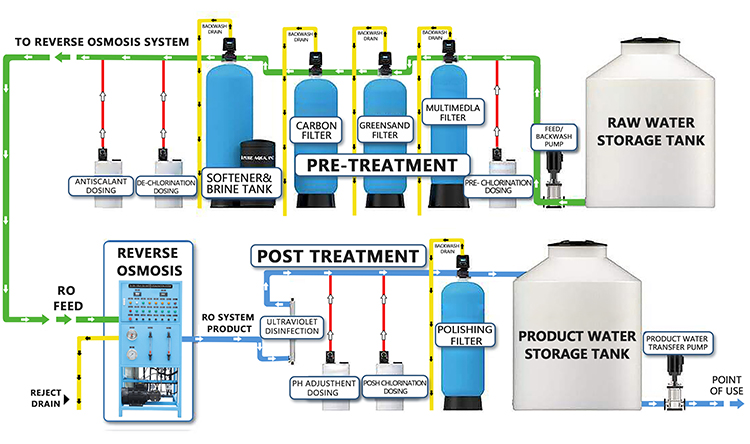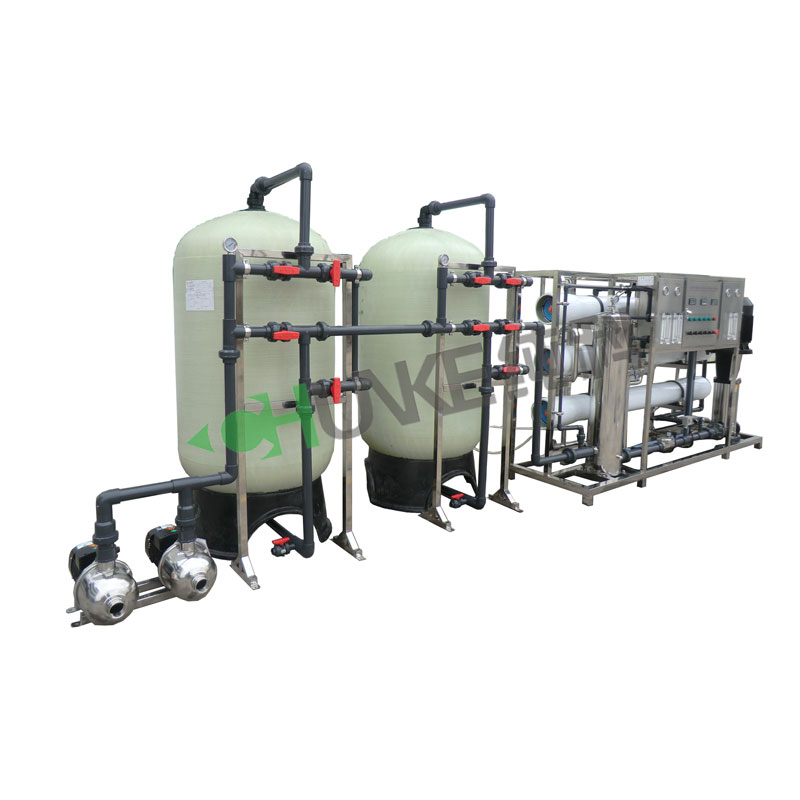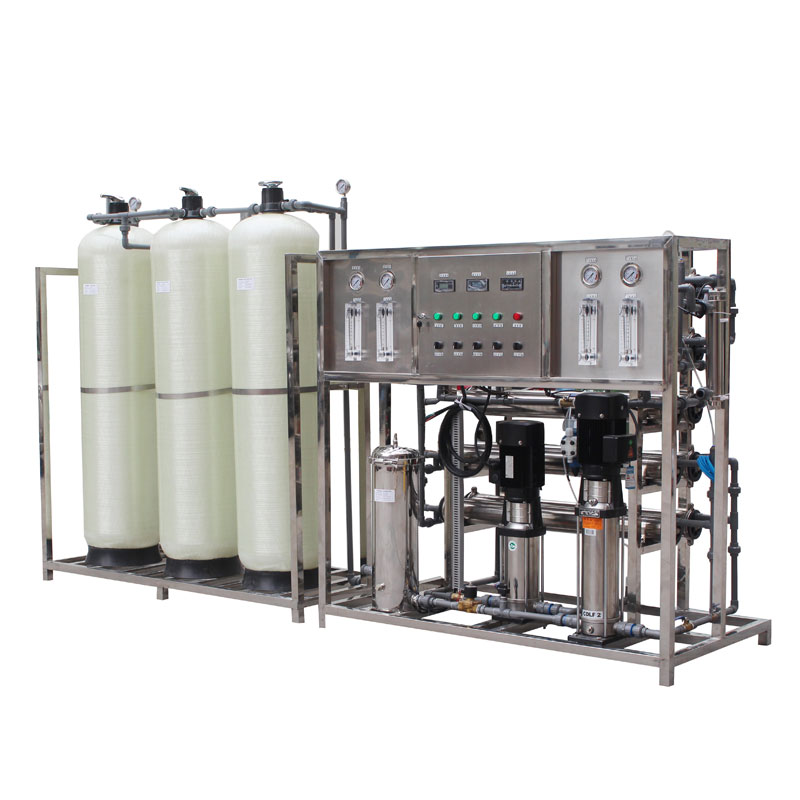Which water filter removes the most pollutants?
In today's society, water pollution is becoming a growing problem, and safe drinking water has become the focus of every family. In order to ensure the safety of water quality, various types of water filters have emerged, from simple carbon filters to complex reverse osmosis systems, and there are many options on the market.
So, which water filter can remove the most pollutants? This article will take a deep look at different types of water filters and analyze their ability to remove pollutants and their applicability.

What are the types of water pollutants?
Before discussing filters, we need to understand the types of pollutants that may be present in water. Common water pollutants include:
Particles and sediments: such as sand, rust, etc.
● Microorganisms: including bacteria, viruses and parasites.
● Chemical pollutants: such as chlorine, chloramines, pesticides, heavy metals (such as lead, mercury, cadmium), etc.
● Organic compounds: such as volatile organic compounds (VOCs), chloroform, etc.
● Hardness minerals: such as calcium and magnesium.
After understanding these pollutants, we can better evaluate the performance of different water filters.
Common types of water filters
1. Activated carbon filters
Activated carbon filters use the adsorption properties of activated carbon to remove chlorine, organic compounds, and certain volatile organic compounds from water. They are particularly effective in improving the taste and odor of water, but have limited effect on removing heavy metals, bacteria, and dissolved inorganic substances.
● Advantages:
Effective removal of chlorine and organic compounds
Improves the taste and odor of water
Relatively cheap
● Disadvantages:
Cannot remove heavy metals and microorganisms
Requires regular replacement of filter elements

2. Reverse osmosis (RO) system
Reverse osmosis systems remove dissolved substances from water, including heavy metals, bacteria, viruses, and most dissolved salts, through a semipermeable membrane. RO systems typically include multiple pretreatment units, such as sedimentation filtration and activated carbon filtration, to extend the life of the RO membrane.
● Advantages:
Removes most contaminants, including heavy metals and microorganisms
Provides high-purity drinking water
● Disadvantages:
High initial investment and maintenance costs
High water waste, about three times the amount of wastewater produced
Requires electricity to operate
3. Ultraviolet (UV) filter
UV filters use ultraviolet light to illuminate the water flow, destroying the DNA of bacteria and viruses and killing microorganisms. UV filters are often used in combination with other types of filters to remove chemical contaminants and particulate matter.
● Advantages:
Efficiently kills bacteria and viruses
Does not change the taste and composition of water
● Disadvantages:
Does not remove chemical contaminants and particulate matter
Requires electricity to operate
4. Ion exchanger
Ion exchangers remove hardness minerals and certain heavy metals from water by exchanging ions. Commonly used to soften water and prevent scale formation.
● Advantages:
Effectively softens water
Removes certain heavy metals
● Disadvantages:
Does not remove microorganisms and organic compounds
Requires regular regeneration and maintenance
5. Multi-stage filtration system
Multi-stage filtration systems combine multiple filtration technologies such as sedimentation filtration, activated carbon filtration, reverse osmosis and UV filtration to provide comprehensive water purification effects. This system is usually used in homes and businesses that have high water quality requirements.
● Advantages:
Combines multiple filtration technologies to remove a wide range of pollutants
Provides high-quality drinking water
● Disadvantages:
Higher cost
Requires complex maintenance and management

Which water filter is the most effective?
In terms of the ability to remove pollutants, the multi-stage filtration system is undoubtedly the most comprehensive and efficient. It combines multiple filtration technologies and is able to remove almost all types of pollutants, including:
● Particles and sediments: through sedimentation filtration and microfiltration.
● Microorganisms: through UV filtration and RO membrane.
● Chemical pollutants: through activated carbon filtration and RO membrane.
● Organic compounds: through activated carbon filtration and RO membrane.
● Hardness minerals: through ion exchange and RO membrane.
However, the high efficiency of the multi-stage filtration system is accompanied by higher costs and complex maintenance requirements. Therefore, whether to choose this system requires a comprehensive consideration of economic capabilities and water quality requirements.
Choice in actual use
For most households, it is ideal to choose a filter that is both economical and effective in removing major pollutants. Here are some suggestions:
1. Limited budget but good water quality: Activated carbon filter is an affordable option that can effectively improve the taste and odor of water, remove chlorine and some organic compounds.
2. Poor water quality and many types of contaminants: Reverse osmosis system is an efficient option that can remove most contaminants and provide high-purity drinking water.
3. High requirements for microbial control: UV filter can be used in combination with other filters to ensure that bacteria and viruses in the water are completely killed.
4. Hard water with heavy metals: Ion exchanger can effectively soften water, remove hardness minerals and some heavy metals.
5. Comprehensive consideration: If the budget allows and there are high requirements for water quality, multi-stage filtration system is the most comprehensive solution.
Conclusion
Choosing the right water filter requires a comprehensive consideration of the family's water quality, budget and specific needs. Although multi-stage filtration system performs the most comprehensive in removing contaminants, other types of filters also have their unique advantages and applicability under specific conditions.
By rationally selecting and scientifically using water filters, every family can obtain safe and healthy drinking water and improve the quality of life.




